We all know the best-known foodie cities like Rome, Paris and Copenhagen will serve us up a good feed, but what about some alternatives?
There are plenty of other tasty spots all around Europe. Picking the less obvious places might be kinder on your pocket too, with cheaper flights, better value dinners, more options for local accommodation and less demand for tables in the best restaurants.
Here are five destinations for you to consider that prove sometimes the road less travelled can leave you very well fed.
LYON, FRANCE
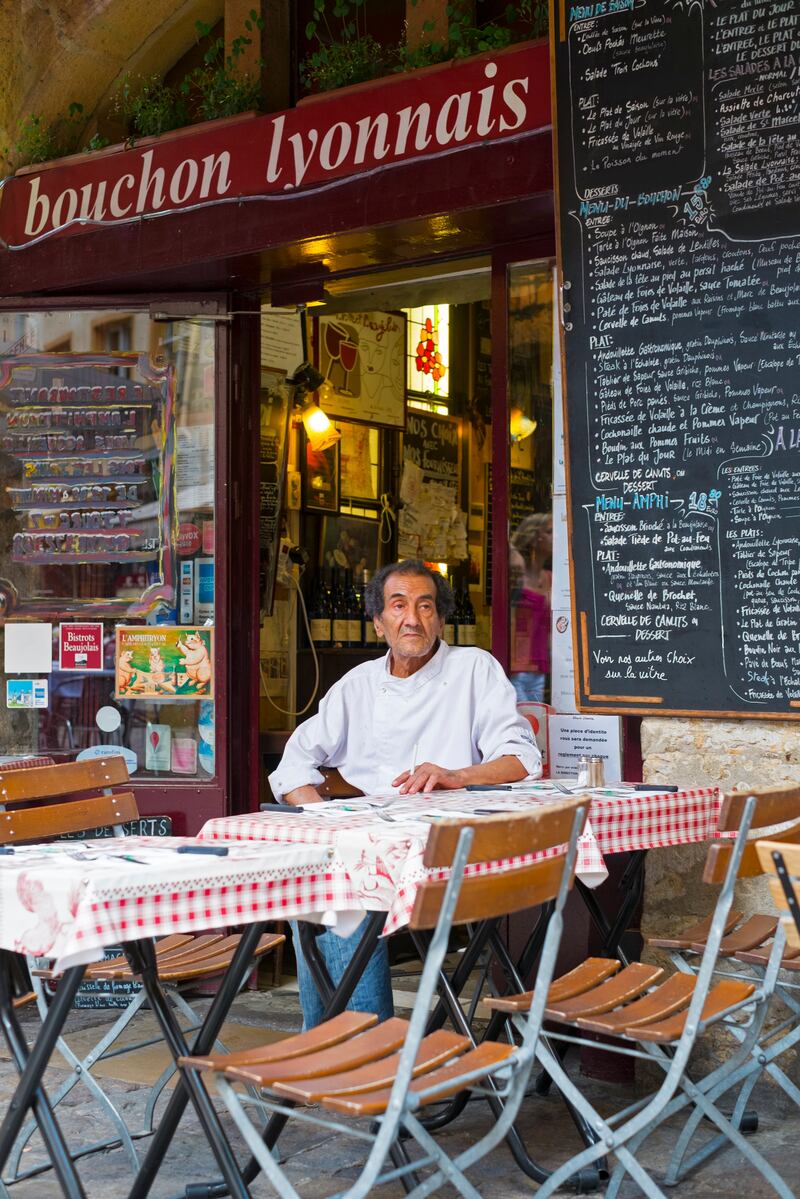
Lyon is a must-visit for anyone who loves to plan a holiday around eating. This visually impressive city, full of grand historic buildings, is home to 4,000 restaurants and is often cited as the gastronomic capital of France, if not the world. Balance out the eating with walks around the many historical and architectural landmarks and meander around the cobbled streets and traboules (covered passageways) of the restored old quarter of Vieux Lyon.
What to eat
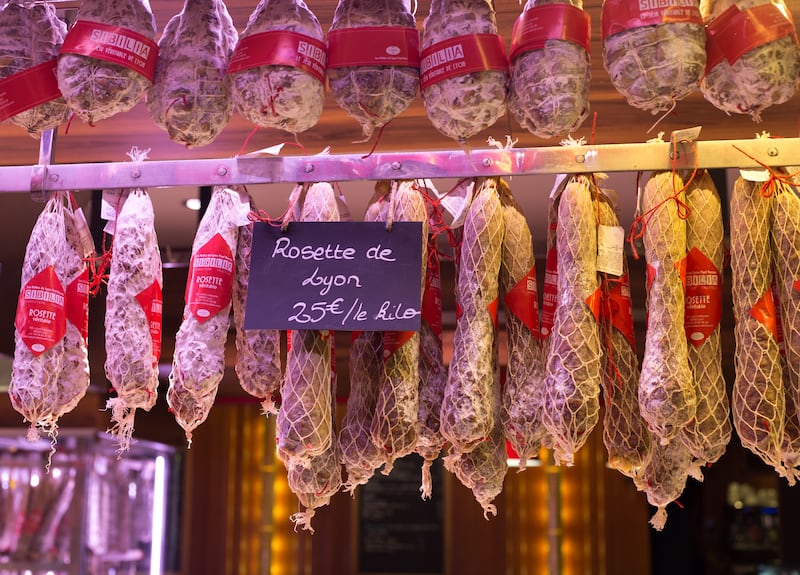
Did I mention there are more than 4,000 restaurants to try? Begin by finding a certified Bouchon – Lyon’s authentic French eateries serving traditional Lyonnaise food. They set the tone for the city’s wonderfully accessible and affordable restaurant scene: think rustic pâté, excellent charcuterie and plenty of Beaujolais. Look out for the Les Bouchons Lyonnais sign outside the restaurant.
Brasserie Le Nord was the first brasserie opened by the late Paul Bocuse in 1994 and is a gorgeous example of this typical Lyon brasserie, with old fashioned decor, lots of wood and stained-glass along with a perfect menu of traditional dishes such as tartar, terrines and tartine.
Brasserie Georges de Lyon is the oldest brasserie in the city and one of the largest in Europe. Food is traditional and good, but you’re really here for the theatre of the place – the room, the history, waiters mixing tartar at the table and Happy Birthday being played on an old-school crank organ many times each service.
If you’re looking for fine dining, choose from 20 Michelin-starred restaurants, five of them with two stars. La Mère Brazier, founded in 1921 by Eugénie Brazier and considered to be the mother of modern Lyonnaise cuisine, will deliver everything you expect of French dining.
Food markets in Lyon are a part of daily life, especially the Marché St-Antoine. It stretches across two quays and you’ll find all the ripe cheese, baguettes and pâtés you might expect at a French market, along with fresh roast chickens, briny oysters and fantastic fruit and vegetables. There are the makings of a very fine picnic if the weather suits.
What to drink
There is a saying that Lyon is in fact “a city of three rivers – the Saone, the Rhone and the Beaujolais”, but this delicious local wine is not the only drink flowing in the city. Lyon has some of the best wine-growing regions in the world on its doorstep, and the wine shops here are a wealth of information, and in many of them, you can taste in-store. You’ll also find a plethora of laid-back bars, spilling out on to pavements all around the city perfect for an aperitivo or settling in for a few glasses or bottles.
Where to stay
For a bit of French luxury, La Villa Florentine is a Relais & Châteaux hotel in a former convent located in the old town with panoramic views of the city. There are also numerous chic Airbnb and self-catering options, ideal if you want to take advantage of the food markets.
Getting there
Aer Lingus flies direct from Dublin to Lyon. Alternatively, fly to Paris and take the TGV train to Lyon.
DEAN WYE, ENGLAND
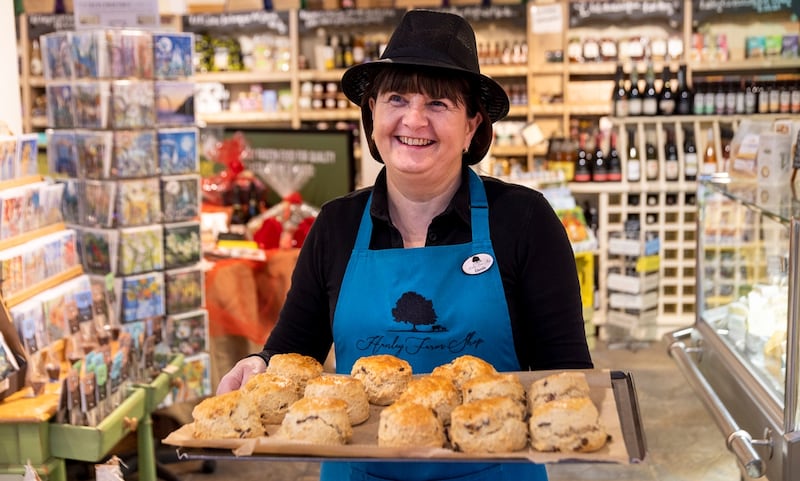
Dean Wye is a charming part of the UK countryside where England meets Wales, incorporating the Forest of Dean, England’s oldest oak forest, and the Wye Valley, a designated Area of Outstanding Natural Beauty. Thrill seekers can climb, canoe, kayak or mountain bike around the hills, lakes and valleys. If you’re more about relaxed rural pursuits, there are walks galore, lakes and trails to ramble around, or you can rent e-bikes to cover more ground without too much effort.
What to eat
Look out for local produce: Wye Valley asparagus in the summer and local game from the Forest of Dean in winter. Local cheeses include the aptly named Stinking Bishop. For great bakes and bread using locally milled organic flour, visit the award-winning Forest Bakehouse, a co-operative bakery and cafe based in the village of Longhope. The Severn & Wye Smokery is a shop, cafe and restaurant worth visiting to refuel and shop for local produce, including their own smoked fish. Check out Harts Barn Cookery School to book in for a forage followed by a cookery class, or Briery Hill Farm for llama trekking followed by afternoon tea.
Head to The Saracens Head Inn in Symonds Yat for a proper pub lunch and some tasty local ales. If you’re looking for Michelin stars, get booked in to The Whitebrook for Great British Menu winner Chris Harrods’s cooking, or head to the edge of the Wye Valley to the beautiful Welsh town of Abergavenny where you’ll find Shaun Hill’s Michelin-starred inn and restaurant, The Walnut Tree. Abergavenny also hosts a hugely popular food festival every August that’s worth planning a trip around.
What to drink
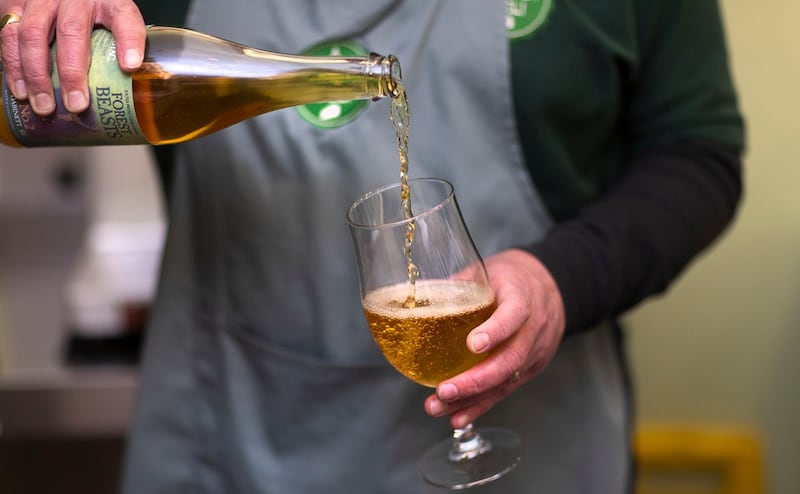
Most pubs, and there are plenty of them, will have local ales on tap. Look out for Hillside Brewery, Wye Valley Brewery and cider from Severn Cider who also do visits and tastings at their family cider mill in the Forest of Dean. There are local wines too – The Tudor Farmhouse has an interesting selection of Welsh and English wines on its list and there’s even a vineyard you can visit in Gloucestershire, Three Choirs Vineyard.
Where to stay
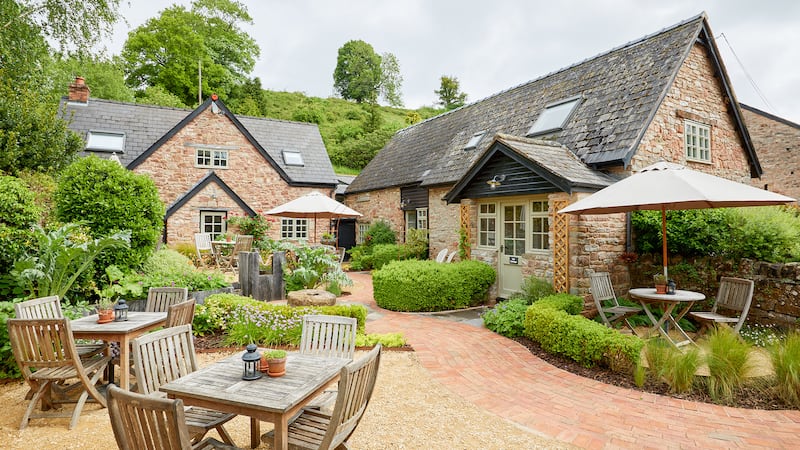
With all that activity you’ll want a cosy, comfy base for exploring, and they don’t come much better than The Tudor Farmhouse, a lovingly restored 13th-century former working farm and house in the village of Clearwell. Hearty breakfasts will set you up each day, and you’ll look forward to homely lunch and dinner menus full of local produce and ingredients from their own kitchen garden. You can even order packed lunches for your days out. The hotel has its own bookable adventures, such as foraging and wildlife adventures with local naturalist Ed Drewitt. Ask for a room with a roll-top bath when booking, perfect to sink into after a day of exertion.
Getting there
Fly from Ireland to Cardiff or Bristol and rent a car, or bring your own car and cross by ferry to Fishguard or Holyhead.
THESSALONIKI, GREECE
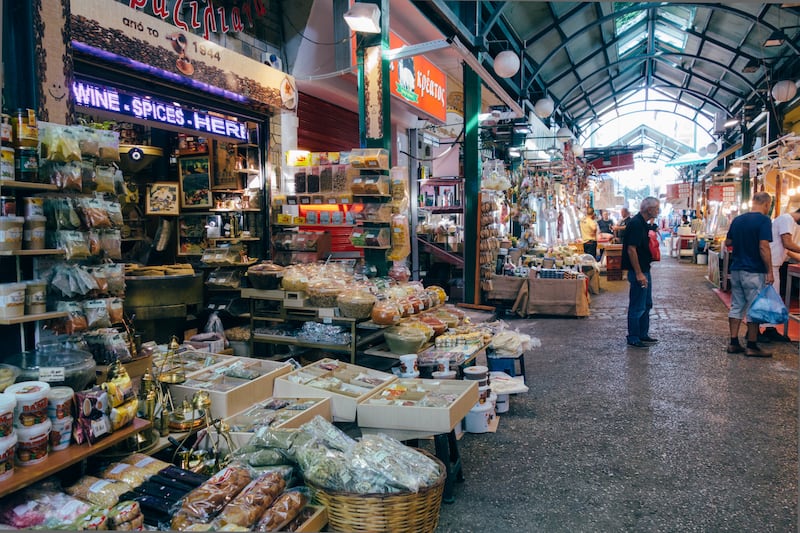
Thessaloniki, or “Saloniki” as it is known to locals, is an enchanting coastal city in northern Greece soaked in history, surrounded by stunning scenery and full of fabulous food and wine. Exploring the city by foot is pretty much like being in an open-air museum. Ancient ruins are dotted all around, and impressive Greek, Byzantine and Ottoman architecture lines the streets. If nightlife is your thing, search out Ladadika, a picturesque neighbourhood near the waterfront and port, buzzy every night thanks to the city’s heaving student population.
What to eat
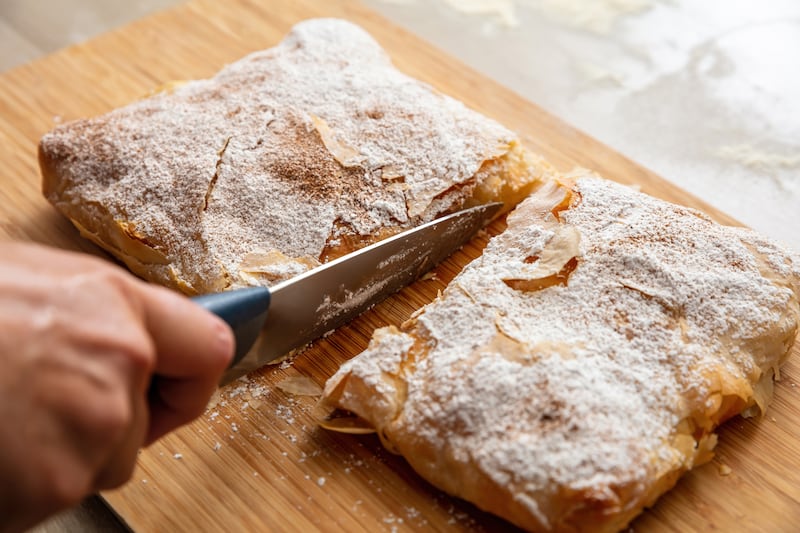
There is a reason they call it the culinary capital of Greece: there’s a lot to digest. The food markets are a good place to start. Visit Kapani Market to experience the traditional food vendors, and head to the new Modiano Market for artisan treats.
For breakfast try bougatsa, a local filo pasty pie filled with custard – you’ll find an excellent traditional version at Traditional Bougatsazidika “Bantis”.
The Greeks love to drink coffee, and you’ll find traditional Greek coffee and their favourite iced coffee “frappe”, which is said to have been invented in Thessaloniki, on every corner, or check out The Blue Cup for a more modern take.
For lunch or dinner look out for the ouzeri, typical Greek taverns that serve ouzo and mezedes, small plates of local favourites such as taramasalata, calamari, fried zucchini and saganaki. The charming Ouzeri Tsinari in the old town is a perfect example.
You’ll smell gyros and souvlaki everywhere you go, and these Greek kebabs are a must-try. Usually chicken or pork, gyros is meat from the rotisserie, whereas souvlaki is skewers, and they both come wrapped in soft pitta with tzatziki, salad and a few chips. For the traditional version head to Diagonios near the White Tower and the waterfront, and for a modern take try Savvikos Great Greek Grill.
What to drink
Greek wine has been having a renaissance of late, and Thessaloniki is home to many well-regarded wineries, so drink local. You might even consider a trip out of the city to the many surrounding vineyards. Ktima Gerovassiliou is breathtaking, and home to an impressive wine museum.
Where to stay
They call Ana Poli the city above the city. It’s still close to everything but away from the hustle and bustle. The Waterfront area is a good option, too, with plenty of good value hotels. Onoma is a buzzy hotel with modern rooms in the city centre.
Getting there
Ryanair fly direct to Thessaloniki from Dublin.
STOCKHOLM, SWEDEN
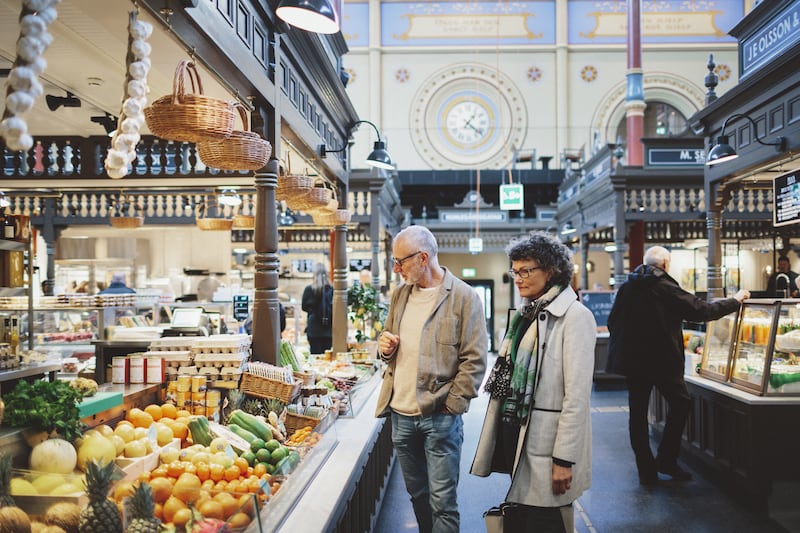
Sweden’s effortlessly cool capital offers everything you’ll want from a city break in a beautiful location. Set on an archipelago that straddles 14 islands and 57 bridges, there’s water everywhere, reflecting the beautiful medieval buildings and modern architecture. In Gamla Stan, the city’s old town, soak up the history among the warren of cobbled streets and make sure to visit the palatial Royal Palace. When it comes to museums there is something for everyone – Stockholm is home to about 100, covering everything from Abba to art and history, architecture and design. There is even a dedicated drinks museum, Spritmuseum.
What to eat
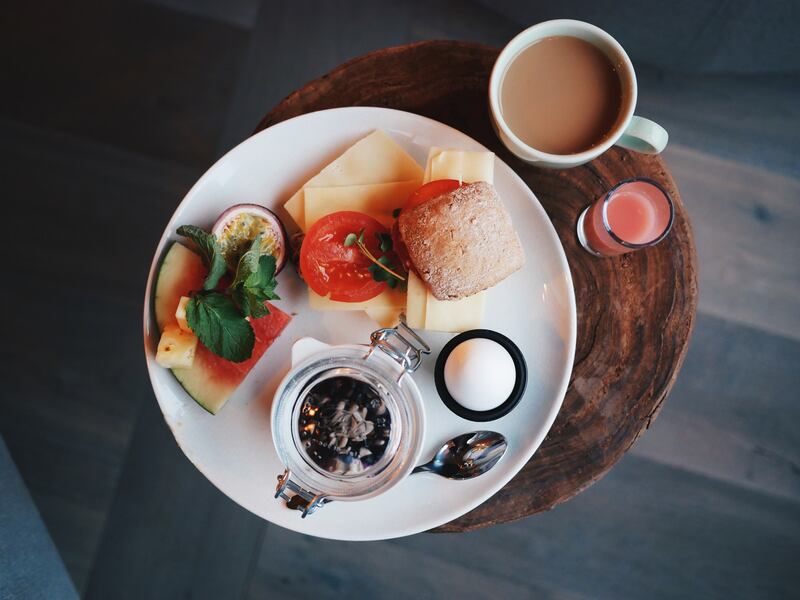
The Swedish capital may not be as well known for its cuisine as some of its Nordic neighbours, but it should be. Start with fika, a gorgeous Swedish custom of stopping during the day to enjoy a coffee break, usually with something sweet. For a perfect flat white check out Drop Coffee’s gorgeous cafe in Södermalm, or for chic people-watching head to Cafe Pascal. Make sure to order a traditional cinnamon or cardamom bun, too.
Östermalms Saluhall is a traditional food market showcasing plenty of Swedish delicacies, including lots of seafood. Make sure to try kraftor (crayfish) when it’s in season, and year-round you’ll see lots of gravad lax and of course toast skagen (shrimp on toast).
Köttbulla (Swedish meatballs) are famous for good reason. Prinsen is an institution in Stockholm for classic Swedish cuisine, and their top-notch meatballs with mash and lingonberry jam will not disappoint. For a more modern version, or indeed if you want a vegetarian option, then Meatballs for the People will tick the box nicely.
Sturehof is a much-loved Stockholm brasserie that works great for a casual lunch, a fun dinner or a full-blown night out. The restaurants and bars around here come alive later in the night, and the Swedes love to party. For fine dining, Frantzén leads the way with three Michelin stars, or visit one of the many buzzy neighbourhood restaurants the locals love like Rolfs Kök.
What to drink
In the summer, sip on schnapps or aquavit, served icy cold. In the winter try the glögg. Swedes love beer, and there’s a growing craft beer scene to explore – just be aware that buying alcohol outside restaurants and bars is not straightforward. You can only buy booze (other than light beer) from a state-run chain of liquor stores called Systembolaget. Check the opening times – they are not usually open after 6pm.
Where to stay
Hobo Hotel is an affordable, fun, user-friendly boutique hotel in Brunkebergstorg in central Stockholm.
Getting there
Ryanair and SAS both fly from Ireland to Stockholm
OVIEDO, SPAIN

Nestled amid the dramatic landscape of northern Spain is Oviedo, the capital of Asturias, a compact, walkable city full of beautiful buildings and great food. Visit the medieval old town, home to Gothic monuments and Unesco World Heritage sites, and as you wander look out for the many statues and sculptures the city is famous for. The lush Asturian landscape and mountains surround the city – if you’re into the outdoors it’s worth planning a hike or coastal visit too.
What to eat
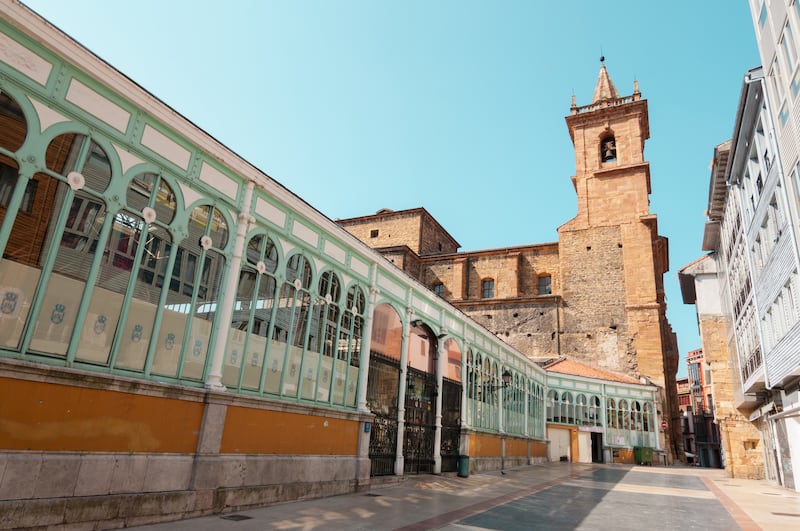
They take their food and drink seriously in Oviedo, and it’s no surprise as there is a rich agricultural and culinary past. Sidra (cider) is the traditional drink of Asturias and an excellent introduction to the scene. On Gascona Street, also known as the “cider boulevard”, you’ll find a street full of bars and cider houses. Head to El Ferroviario for the full traditional cider experience, which involves a unique pouring method. You’ll find hearty, regional dishes served in the sidrerias (cider houses) including the must-try Asturian cachopo: ham and cheese stuffed breaded fillet of veal served with chips.
Cheese is a big deal around these parts – Asturia is one of the most concentrated areas of cheese-making Europe, earning its name “el país de los quesos” – the country of cheeses. Cabrales, a potent blue, is perhaps the most famous, and should be tried along with a host of other options. Just outside the city, there are plenty of cheese makers to visit. To get a taste of local food and shopping, and try some of those cheeses, visit El Fontán Market and Square.
Coffee and cake stop-offs are a must. Look out for the many traditional bakeries but in particular Rialto, a charming cake shop famous for its moscovitas, chocolate-covered almond biscuits. Carbayone pastries are another treat worth trying.
Tierra Astur Restaurant is a fun sidrería-restaurant that’s a favourite among locals and tourists alike. Huge platters of Asturian food are served as cider is poured all around you. They have a very well-stocked shop and deli worth bringing an extra bag for.
What to drink
As mentioned, cider is the drink of choice here. Start with the traditional still cider poured from a height and try the DOP ciders, aged ciders, ciders made with the Champagne method and even their own sweet “ice cider”. You’ll find something to love. Craft beers are big, too.
Where to stay
Look for somewhere in or near the medieval old town or within walking distance of it. There are plenty of midrange hotels around the city.
Getting there
Ryanair flies direct from Dublin to Asturias, about 35 minutes from Oviedo.










